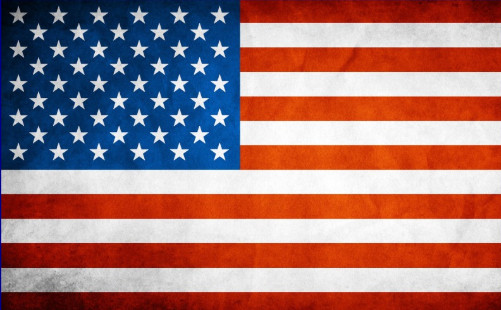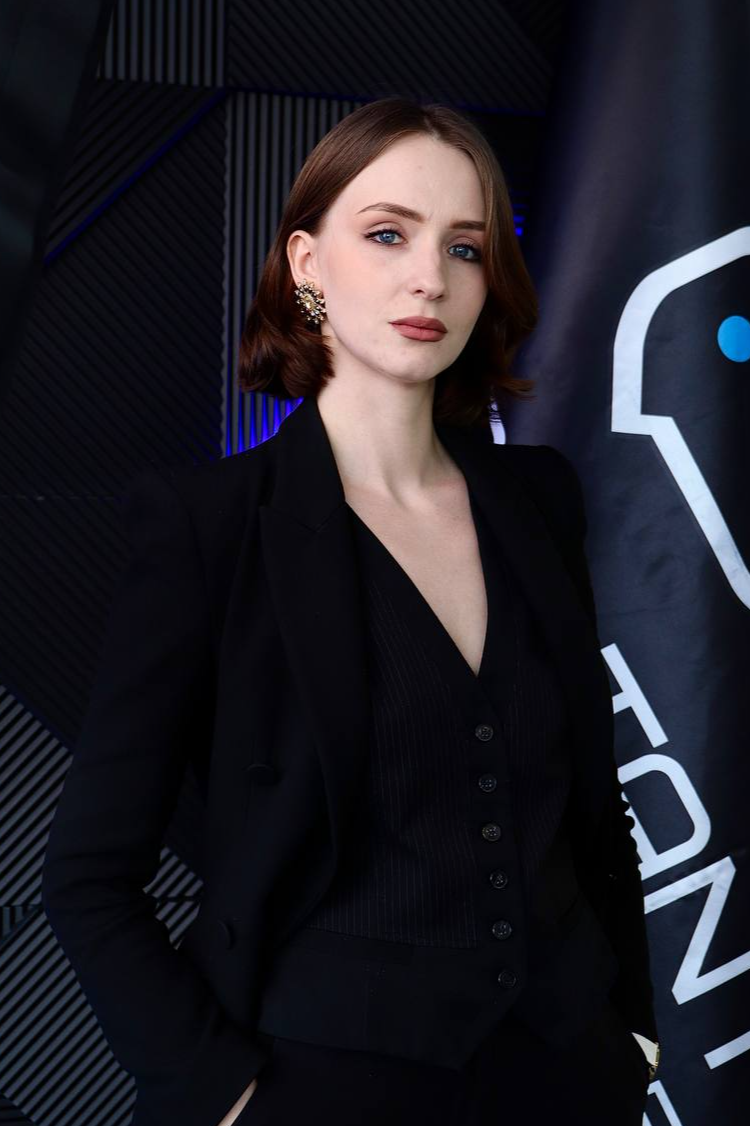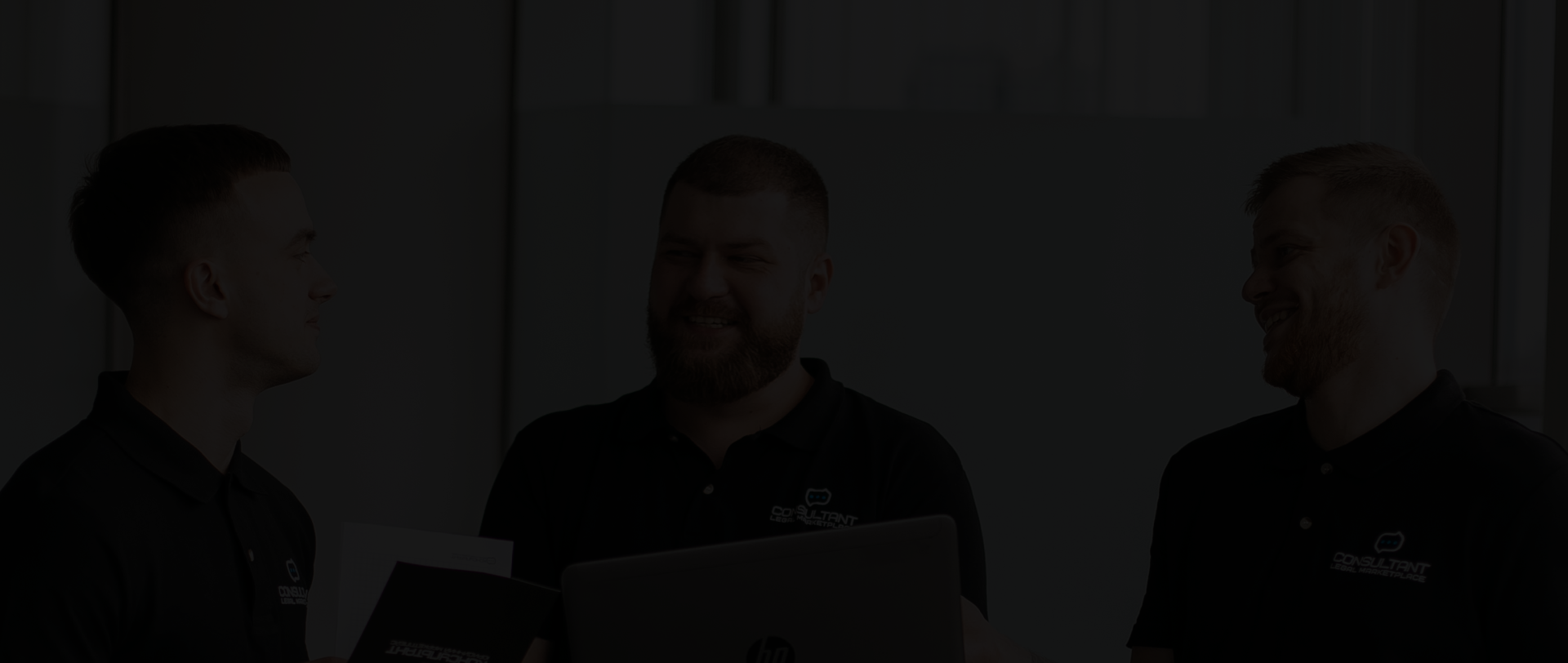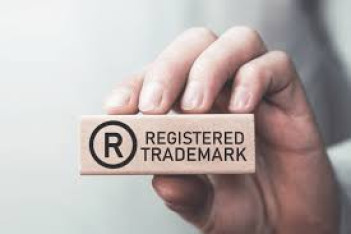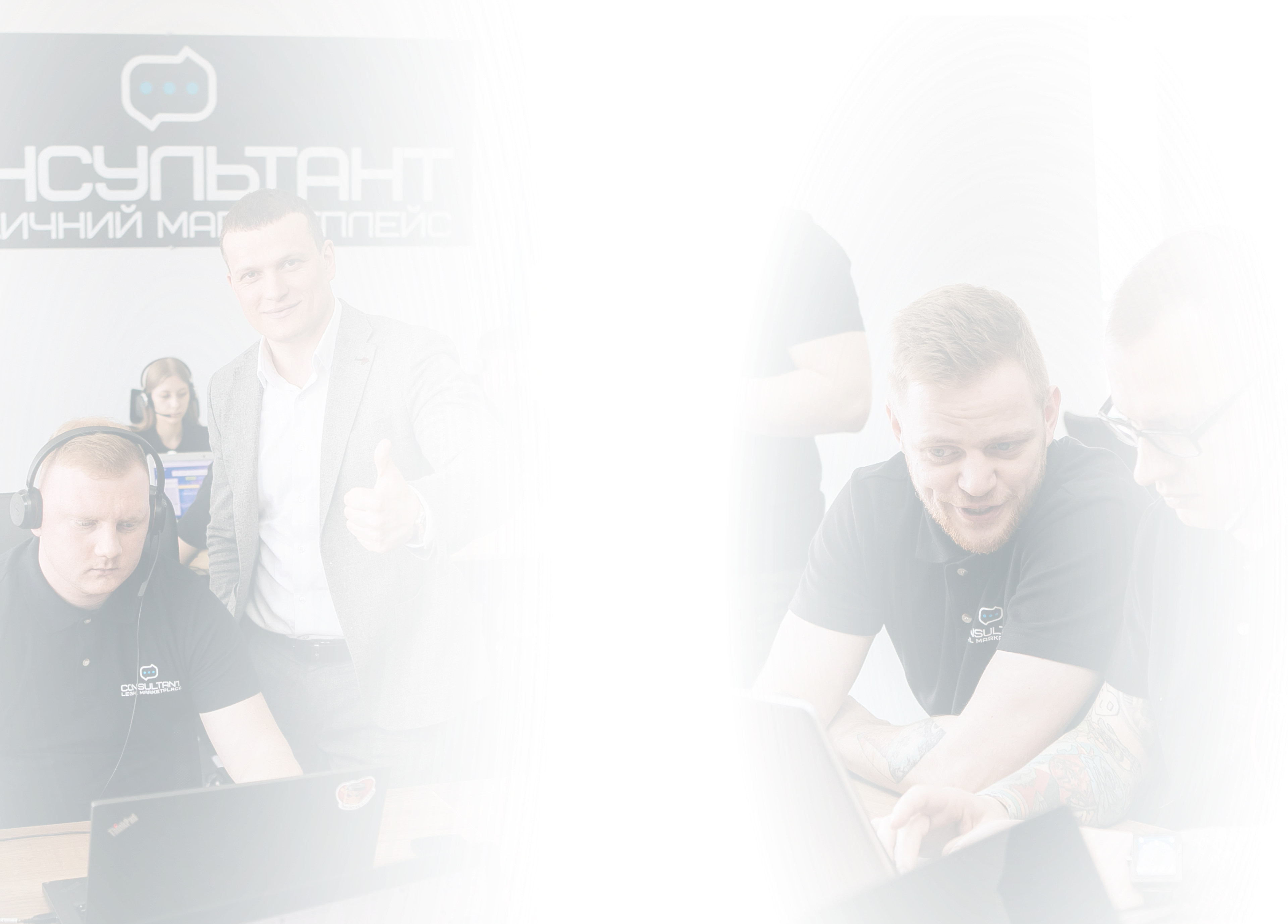My name is Yuriy Mykolayovych Yaremchuk, I am a legal expert and lawyer with 40 years of experience in jurisprudence in Ukraine.I specialize in criminal law and procedure, civil law and procedure, intellectual property protection, and the creation and management of financial and economic security systems for companies.
Client Request:
An individual entrepreneur developing a digital platform for online education approached for legal protection of the logo and project name in the United States. At the time of the request, the client already had a unique visual identity, a website, and had initiated communication with potential partners.
The client aimed to secure legal protection of the brand, prevent copying, and have a legal basis for action in case of infringement.
Actions Taken by the Attorney
- Preliminary Legal Audit of the Logo and Word Element
The attorney began by collecting initial information:
- Review of the submitted logo and assessment of its registrability (graphic elements, non-standard fonts, uniqueness of design).
- Analysis of the word element to ensure it doesn't contain generic, descriptive, or geographic terms that may complicate registration.
- Clearance Search
A thorough search was conducted in the USPTO (TESS) database and commercial sources to identify conflicting trademarks. The search revealed two similar names registered in other classes, so the attorney adapted the application by changing the goods/services description and specifying the application scope to avoid rejection.
- Application Preparation and Filing
After coordination with the client:
- An application was prepared in TEAS (USPTO's Trademark Electronic Application System).
- Appropriate classes under the Nice Classification were determined (including Class 41 – education services and Class 9 – software).
- Specimens of commercial use were included: website screenshots, client correspondence, promotional banners.
- Government fees were paid and the application was submitted electronically.
- Legal Support During Examination
After submission, the formal examination at USPTO began. Three months later, the examiner issued an Office Action citing possible similarity with a trademark registered in IT consulting.
The attorney:
- Prepared a well-reasoned legal response, demonstrating differences in visual, phonetic, and conceptual perception;
- Provided examples of the mark's use in distinct market contexts;
- Referenced relevant case law and precedents of coexisting similar trademarks.
- Completion and Registration
USPTO accepted the arguments. After completing all procedures:
- The mark was entered into the USPTO Principal Register.
- The client received a federal trademark registration certificate.
- A brand protection strategy was developed, including Amazon Brand Registry enrollment, ™/® usage guidelines, and licensing instructions.
Result
The client received:
- Legal protection of the logo and brand name in the U.S.
- Right to use the ® symbol officially, which increased trust among partners;
- Tools to protect the brand in both pre-litigation and litigation
- Advantages in partnerships with platforms like Meta, Google, Amazon, which require trademark verification;
- A legal foundation for future franchising or licensing agreements
This case demonstrates how a well-structured legal strategy and a competent response to examination objections can ensure successful trademark registration in the U.S. With the help of an experienced attorney, the client secured legal protection for the digital product and laid the groundwork for scaling the business.





